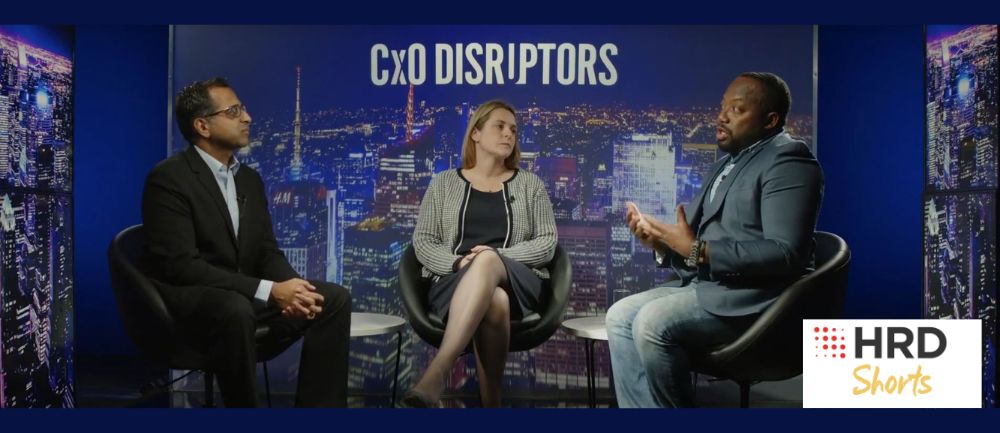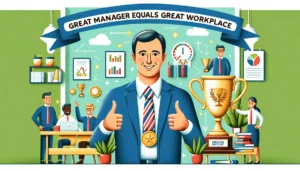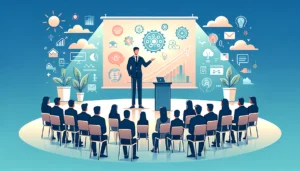Analyzing post-pandemic data for impactful DE&I behavior
- 2 Min Read
With the pandemic waning, and as more and more people feel the need to connect, it has become crucial to study DE&I behavior to understand the prospects of a company. Interviewed by Sandeep Saujani, CEO of Contentive, DK Bartley and Julia Tierney talk about the significance of data in determining DE&I behavior in companies and the impact of the use of technology on DE&I on employee individuality.
- Author: Neville Chesan
- Date published: Jun 17, 2022
- Categories

Factors such as where a company drives its revenue to and from, and its people data, determine its Diversity, Equity and Inclusion (DE&I) behavior. DE&I relies heavily on the geography and society in which a company operates, as well as aspects such as gender and age. Employee data should be thoroughly and specifically reviewed to understand the DE&I behavior that a company is reflecting.
With the advent of the pandemic, organizations have been attempting to learn more about DE&I through technology and apps that make data much more accessible than previously.
DK Bartley is the Chief Diversity, Equity and Inclusion Officer at Moody’s, where he is responsible for accelerating DE&I as a business imperative at the company globally through internal and external initiatives. Julia Tierney, the CEO of Hive Learning, has been a champion of Customer Success from her early days. She is passionate about leveraging technology, content, and expertise to drive inclusion and rapid change in the industry.
Follow this discussion more closely in HRD Connect’s CxO Disruptors series, hosted by Contentive CEO, Sandeep Saujani:
Part one: DK Bartley, Chief Diversity Officer, Moody’s on DEI as a business imperative through innovation
Part two: Leveraging data and tech to enable transparent and impactful DEI strategy
Key Time Stamps:
0:14 – Factors that help understand the DE&I behavior of a company
1:37 – How does data affect a company’s strategy?
2:33 – Difference between studying global DE&I data and geo-specific DE&I data
3:44 – Employee engagement as a means to increase positive DE&I behavior
4:26 – How does DE&I affect individuality of an employee?









